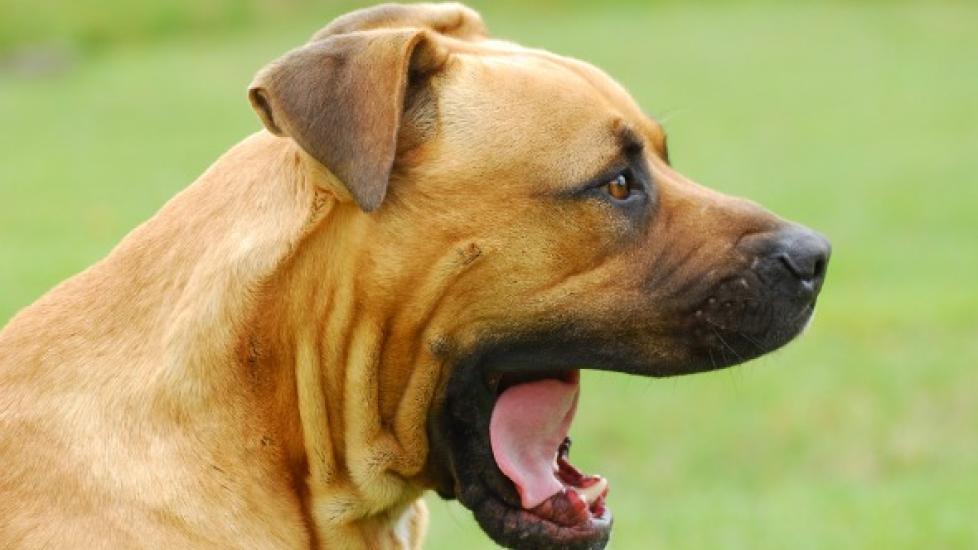Understanding Fracture Patterns in Canine Mandibles and Maxillae
When a dog sustains an injury to the head or face, one of the most common outcomes is a fracture in either the upper jaw (maxilla) or lower jaw (mandible). These fractures can be painful, disfiguring, and potentially life-threatening if not treated properly. It’s crucial for pet owners to understand how these injuries occur, their impact on dogs, and what steps should be taken to ensure proper healing. In this article, we delve into the specifics of maxillary and mandibular fractures in dogs, exploring their causes, symptoms, treatment options, and preventive measures.
Causes of Jaw Fractures in Dogs:
Jaw fractures are often the result of high-impact trauma such as car accidents, being hit by a vehicle, falling from heights, or even aggressive encounters with other animals. Less severe incidents like chewing on hard objects may also lead to minor cracks in the bone over time.
Symptoms of Jaw Fractures in Dogs:
Dogs with broken jaws typically exhibit several signs that alert pet owners to seek immediate veterinary attention. Common symptoms include swelling around the mouth area, bleeding from the nose or mouth, difficulty opening the mouth completely, pain when eating or moving the jaw, drooling, and loss of appetite.
Diagnosis and Treatment:
A thorough examination by a veterinarian usually involves taking x-rays to accurately locate and assess the extent of the damage. Depending on the severity of the break, various treatments might be recommended including external fixation devices, internal plates and screws, wire osteosynthesis, or even reconstructive surgery in cases where there has been significant tissue loss due to infection or poor blood supply. The goal is always to restore normal function while minimizing scarring and promoting healthy bone growth during recovery.
Recovery Process:
Recovery after a major surgical procedure requires close monitoring by both veterinarians and caregivers alike. This includes providing soft foods initially followed by gradual reintroduction of harder kibble once it becomes clear that the bite pattern has returned without causing further discomfort; regular check-ups to adjust bandages/splints as needed; administering antibiotics prophylactically against infections which could delay healing processes significantly; keeping pets calm enough so they don’t inadvertently exacerbate existing conditions through excessive movement—all contribute towards ensuring successful outcomes post-surgery!
Preventing Future Breaks:
Prevention strategies focus primarily upon reducing instances where traumatic events might take place unnecessarily – think leash walks rather than off-leash romps near busy streets; secure fencing enclosures instead open fields adjacent highways etcetera… Additionally though physical safety protocols cannot entirely eliminate risks associated with living alongside humans sometimes requiring additional training techniques designed specifically address behavioral issues related anxiety stress aggression thus lessening likelihood serious harm coming way beloved companion animal friend indeed!
